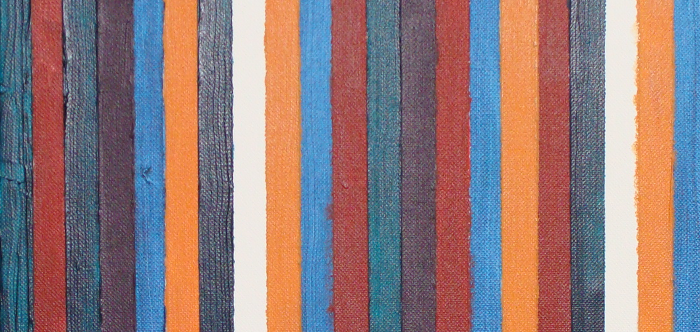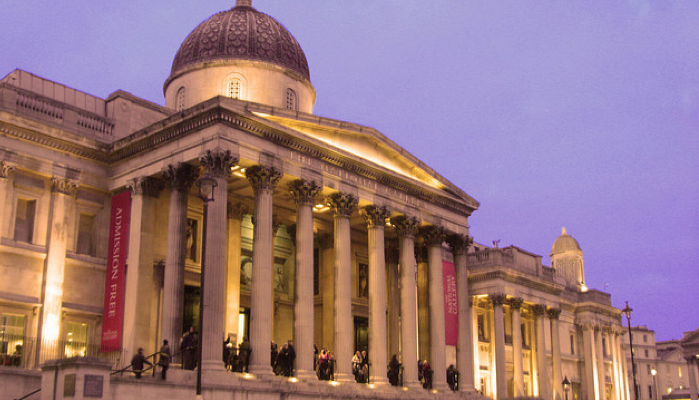Did your primary school teacher lie to you about colour?
At primary school you were taught that there are three primary colours: red, yellow and blue, and that you can mix these to make all other colours. This is not true. Or rather, it is only a rough approximation to the truth. My recent article, published in the Journal of Perceptual Imaging, digs into the history of colour wheels and colour mixing to find that the truth is more complex and more interesting. The idea that there are three primary paint colours was discovered in the seventeenth century. Different artists used different shades, which were roughly reddish, yellowish and bluish. This theory was consolidated in the 1950sRead More →

